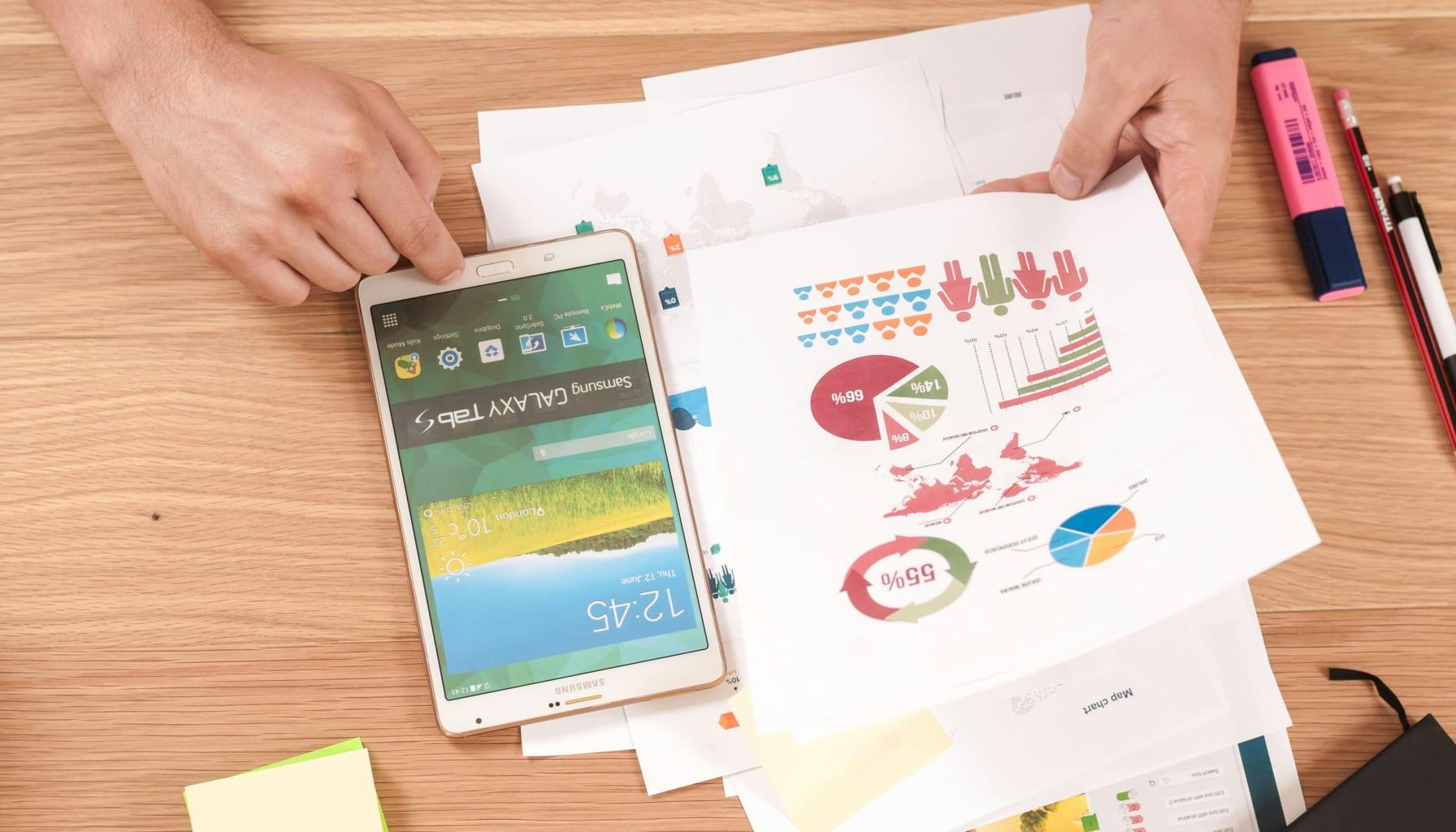AI is revolutionizing marketing strategies across industries. From content creation to customer insights and advertising, the applications are vast and impactful.
At Emplibot, we’ve seen firsthand how AI in marketing examples are transforming businesses. This post will explore real-world applications, showing you how to harness AI’s power for your marketing efforts.
How AI Supercharges Your Content Creation
AI transforms content creation, making it faster, more efficient, and highly targeted. Let’s explore how you can leverage AI to boost your content marketing efforts.
Revolutionizing Blog Post Creation
AI tools now generate entire blog posts from scratch. These tools analyze vast amounts of data to produce relevant and engaging content. For instance, GPT-3 based platforms create full articles on various topics, saving marketers countless hours.
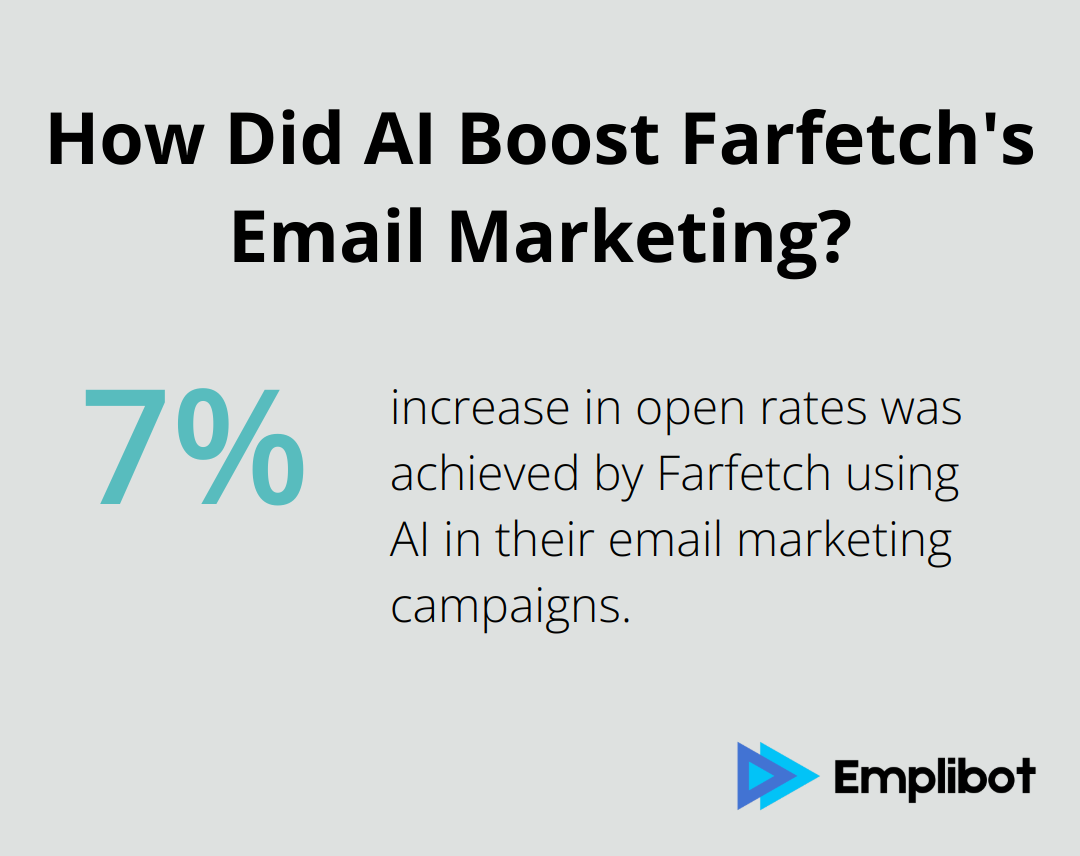
AI-generated content still requires human oversight. While AI produces the initial draft, human editors should refine the content to align with brand voice and maintain accuracy.
Optimizing Content for Search Engines
SEO optimization is no longer a manual, time-consuming process. AI-powered tools analyze top-ranking content for your target keywords and provide actionable insights to improve your content’s search engine performance.
Tools like SE Ranking use AI to track keyword rankings, analyze competitors, and check backlinks. By implementing these AI-driven recommendations, businesses have seen significant improvements in their search rankings.
Personalizing Email Campaigns at Scale
Email marketing remains a powerful tool, and AI makes it even more effective. AI algorithms analyze subscriber data to create highly personalized email campaigns. This includes personalizing subject lines, content, and send times based on individual user behavior.
Farfetch leveraged AI in their email marketing campaigns. The result? A 7% increase in open rates. This demonstrates the power of AI in crafting compelling, personalized messages that resonate with recipients.
Dynamic Landing Page Creation
AI now powers the creation of dynamic landing pages that adapt to each visitor. These pages use real-time data to display personalized content, offers, and calls-to-action based on factors like user location, device type, and browsing history.
For example, Unbounce (a landing page builder) uses AI to automatically optimize landing pages for conversions. Their AI-powered platform analyzes visitor behavior and adjusts page elements in real-time to improve performance.
AI redefines the content creation landscape entirely. Marketers who harness these AI-powered tools and strategies create more effective, engaging content while saving time and resources. As we move forward, let’s explore how AI transforms customer insights and segmentation, taking personalization to new heights.
How AI Decodes Customer Behavior
AI transforms our understanding and interaction with customers. Let’s explore how AI decodes customer behavior and revolutionizes personalization.
Predicting Customer Actions
Predictive analytics uses data, statistics, modeling, and machine learning to predict and plan for future events or opportunities. These systems analyze historical data to predict future purchases, churn likelihood, and lifetime value.
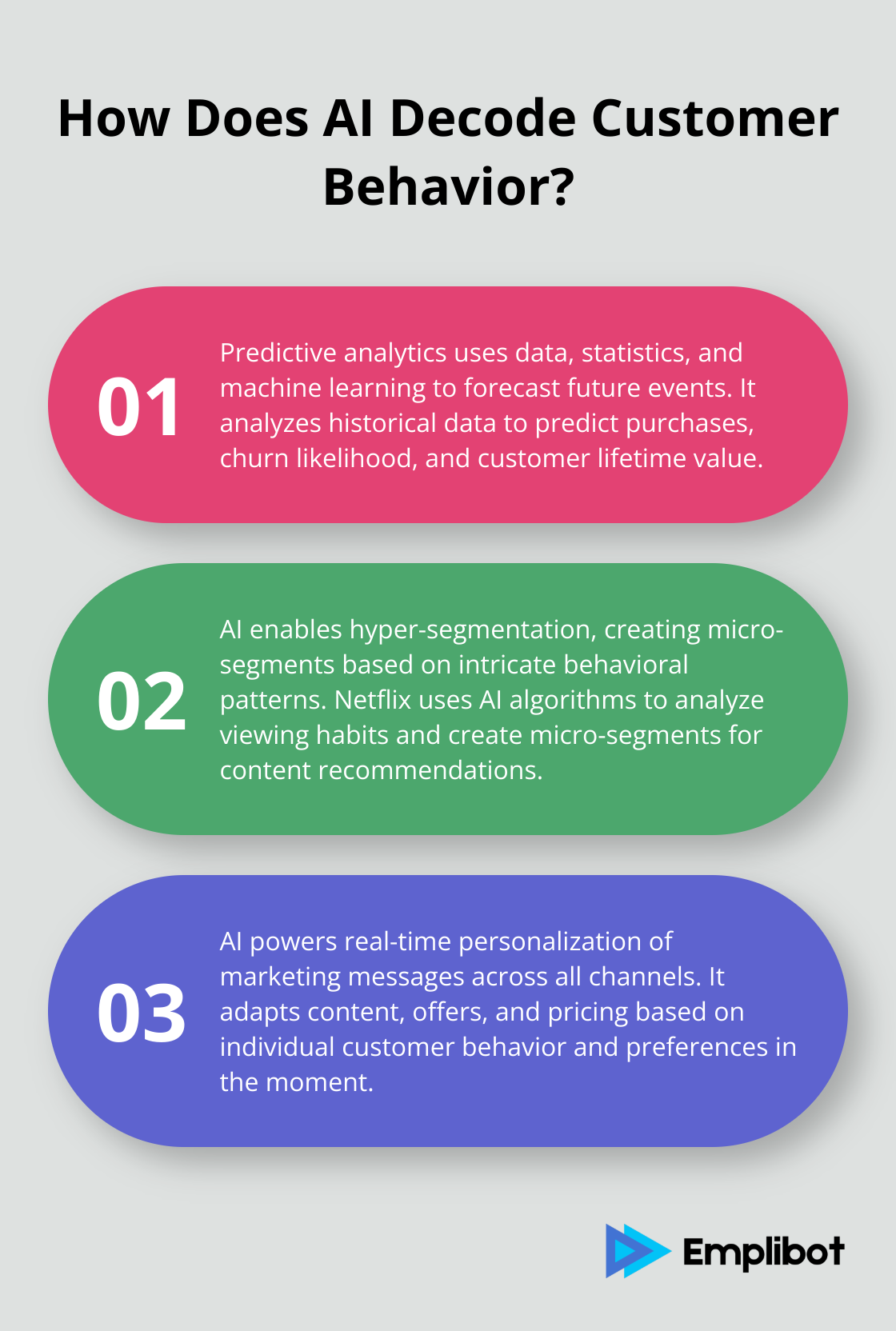
To implement predictive analytics in your business:
- Consolidate your customer data from various touchpoints
- Use AI-powered tools to identify patterns and make predictions
- Tailor your marketing efforts, focusing resources on high-potential customers
- Reduce churn by addressing potential issues before they arise
Hyper-Segmentation for Targeted Marketing
AI enables hyper-segmentation, creating micro-segments based on intricate behavioral patterns. This granularity allows for highly targeted marketing campaigns.
Netflix uses AI algorithms to analyze viewing habits and create micro-segments. This segmentation powers their content recommendations, significantly contributing to user engagement and retention.
To implement hyper-segmentation:
- Use AI tools that process large volumes of customer data
- Identify patterns in purchase history, browsing behavior, and demographic information
- Create highly specific customer segments
- Tailor your marketing messages to each segment
Real-Time Personalization at Scale
AI enables real-time personalization of marketing messages across all channels. This means adapting content, offers, and even pricing based on individual customer behavior and preferences in the moment.
To implement real-time personalization:
- Invest in AI-powered marketing platforms that process data and make decisions in milliseconds
- Make your customer data accessible in real-time across all touchpoints
- Start with simple personalization rules
- Gradually increase complexity as you gather more data and insights
AI’s ability to decode customer behavior revolutionizes marketing. These technologies create more relevant, engaging, and effective marketing campaigns. Next, we’ll explore how AI transforms advertising and campaign management, taking your marketing efforts to new heights.
How AI Transforms Advertising and Campaign Management
AI reshapes the landscape of advertising and campaign management, offering unprecedented precision and efficiency. This technology changes the game for marketers across industries.
Programmatic Advertising Revolution
Programmatic advertising uses AI to automate ad buying, placement, and optimization. This technology analyzes user data in real-time to deliver the right ad to the right person at the right time. eMarketer reports that programmatic ad spending in the US reached $106.60 billion in 2024 (accounting for 91.1% of total digital display ad spending).
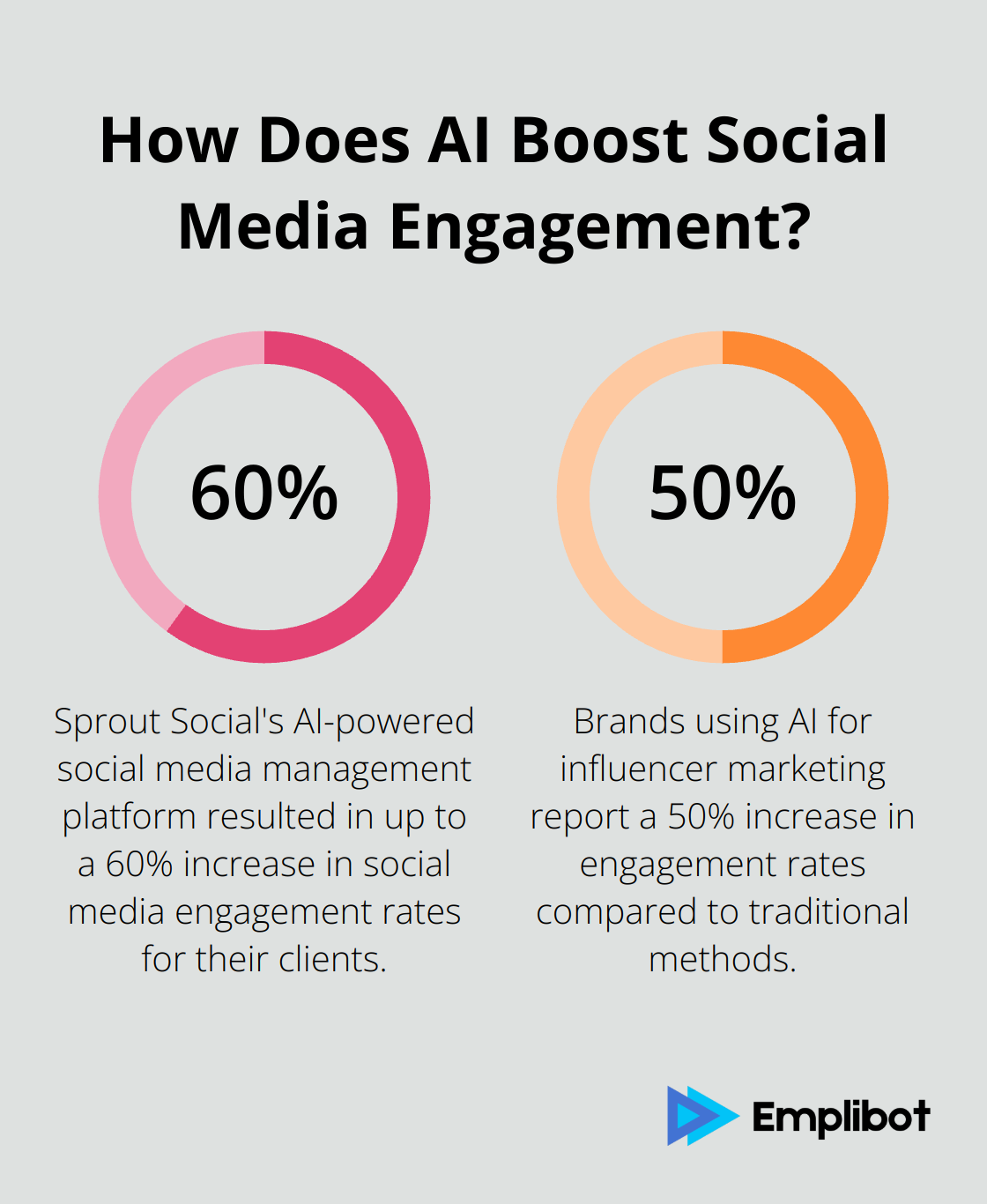
To leverage programmatic advertising effectively:
- Define clear campaign objectives and target audience
- Choose a reliable demand-side platform (DSP)
- Implement robust data management practices
- Monitor and optimize campaign performance continuously
AI-Powered A/B Testing
AI supercharges A/B testing, allowing marketers to test multiple variables simultaneously and quickly identify winning combinations. Machine learning algorithms analyze vast amounts of data to determine which ad elements resonate best with different audience segments.
JPMorgan Chase partnered with Persado (an AI-powered language platform) to optimize their marketing copy. The result? A 450% increase in click-through rates on their ads. This demonstrates AI’s power in crafting compelling ad copy that resonates with target audiences.
Chatbots: Your 24/7 Marketing Team
AI-powered chatbots become indispensable for customer service and lead generation. These virtual assistants engage with customers round the clock, answer queries, and even qualify leads.
H&M’s “Knixpert” chatbot exemplifies effective chatbot implementation. This AI-powered assistant helps customers find the perfect outfit, enhances the online shopping experience, and drives sales.
Social Media Marketing Automation
AI transforms social media marketing by automating content creation, curation, and distribution. Tools powered by machine learning analyze trending topics, create relevant content, and determine the best times to post for maximum engagement.
Sprout Social (a social media management platform) uses AI to analyze user engagement data and determine optimal posting times. This has resulted in up to a 60% increase in social media engagement rates for their clients.
AI-Driven Influencer Marketing
AI revolutionizes influencer marketing by identifying the most suitable influencers for a brand, predicting campaign performance, and measuring ROI more accurately. AI tools analyze influencer content, audience demographics, and engagement rates to match brands with the right influencers.
Brands that leverage AI for influencer marketing report a 50% increase in engagement rates compared to traditional methods. This significant improvement highlights the power of AI in optimizing influencer partnerships and campaign outcomes.
Final Thoughts
AI has revolutionized marketing, transforming how businesses connect with their audiences. From content creation to customer insights and advertising, AI-powered tools have become indispensable for modern marketers. We’ve explored numerous AI in marketing examples that demonstrate the technology’s immense potential.
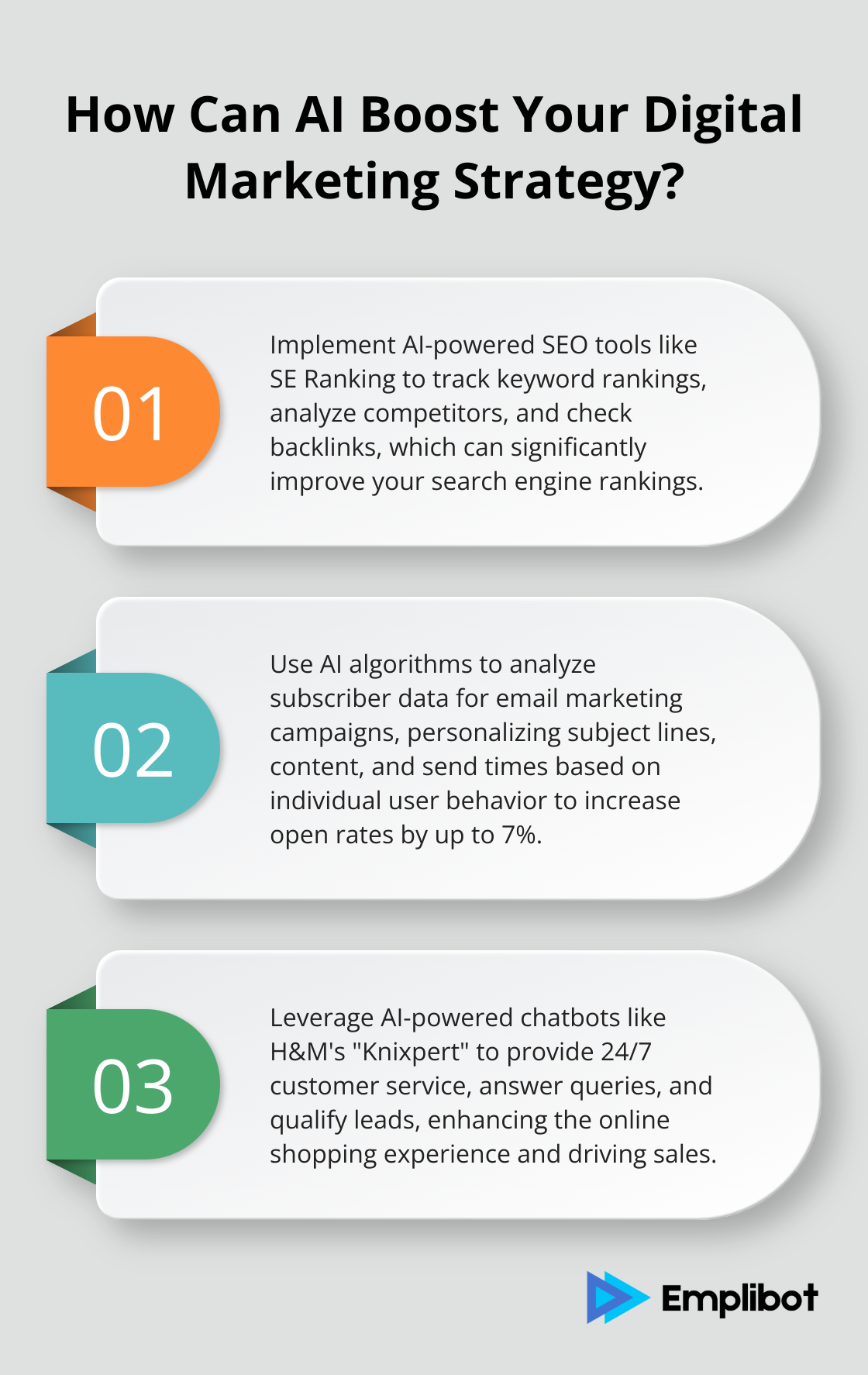
To implement AI in your marketing strategy, identify areas where AI can have the most impact. This could include automating repetitive tasks, enhancing customer segmentation, or optimizing ad campaigns. Invest in AI-powered tools that align with your goals and prioritize data quality and privacy.
As you start your AI marketing journey, consider leveraging platforms like Emplibot to streamline your content marketing efforts. Emplibot automates your WordPress blog and social media, handling everything from keyword research to content creation and SEO optimization (allowing you to focus on strategy while AI takes care of the execution). AI in marketing is not just a trend; it’s the future of the industry.
